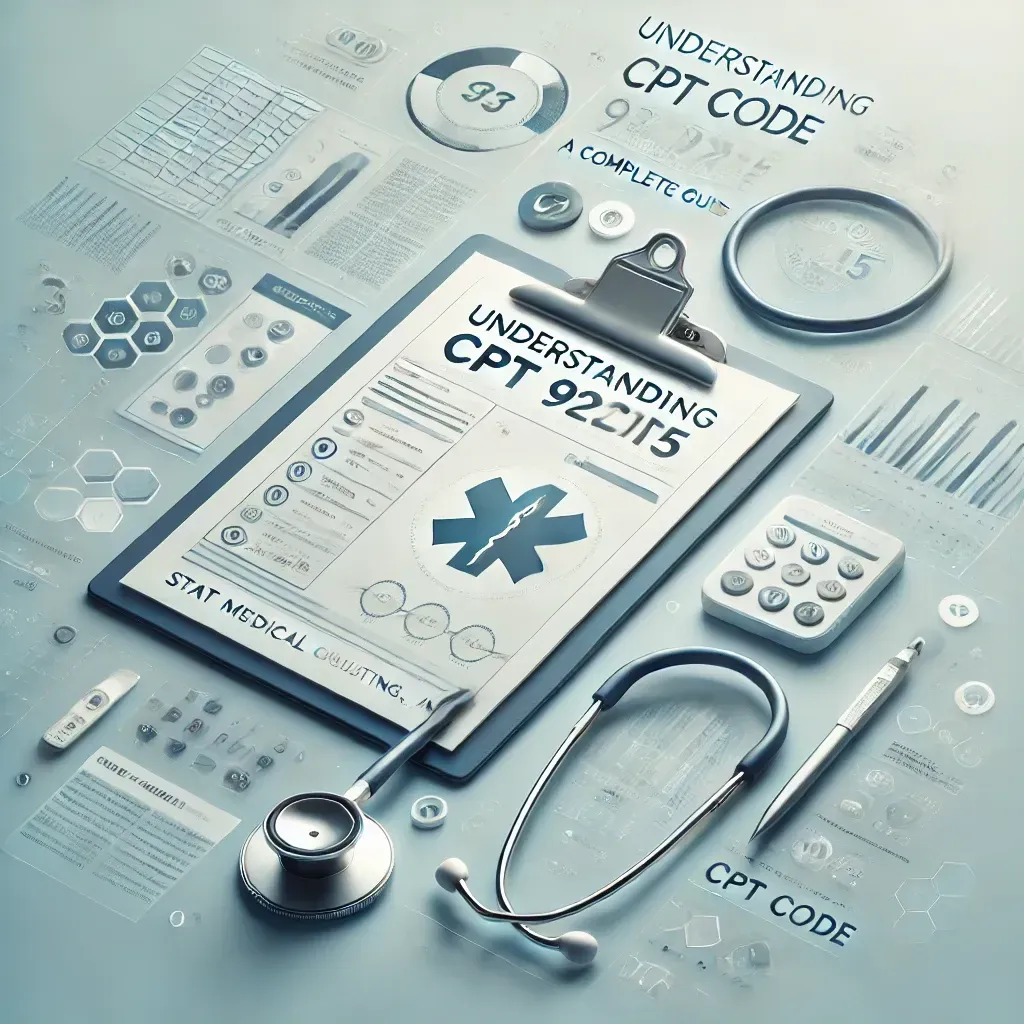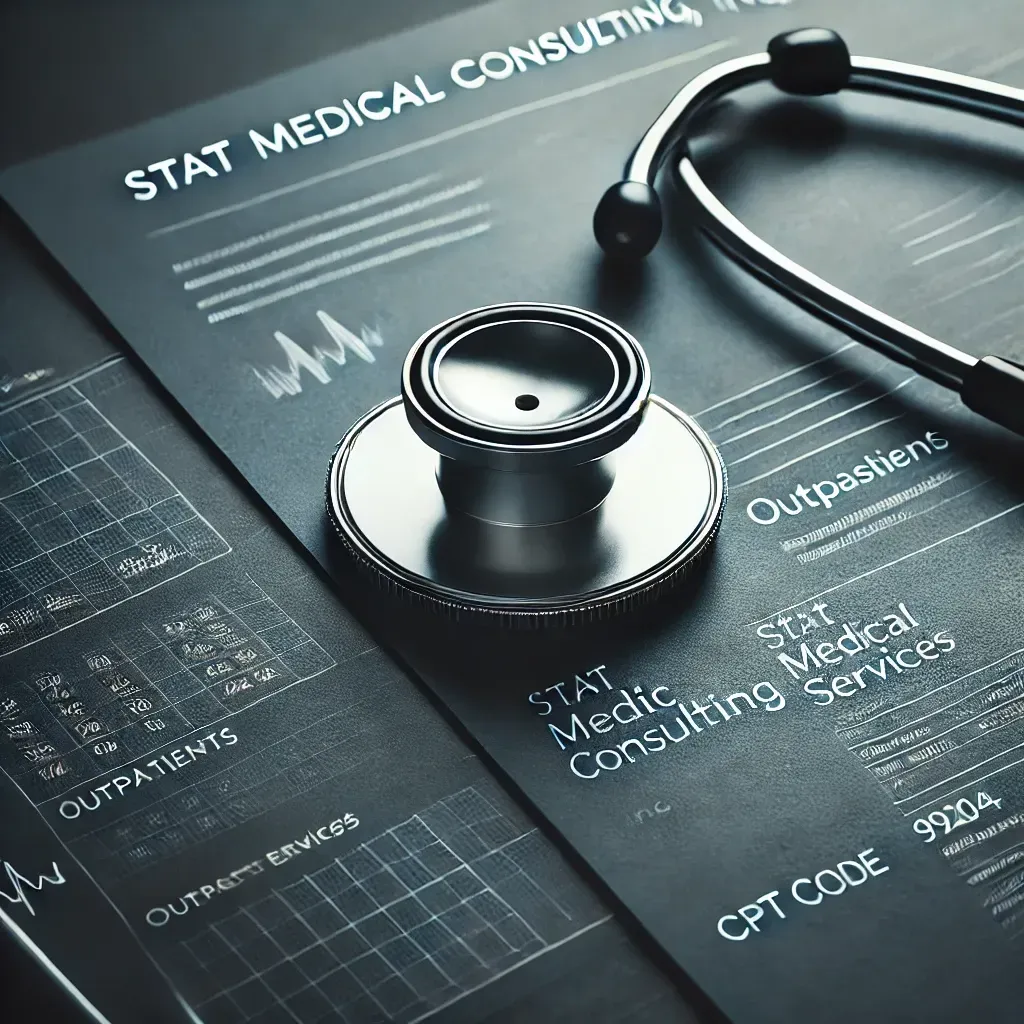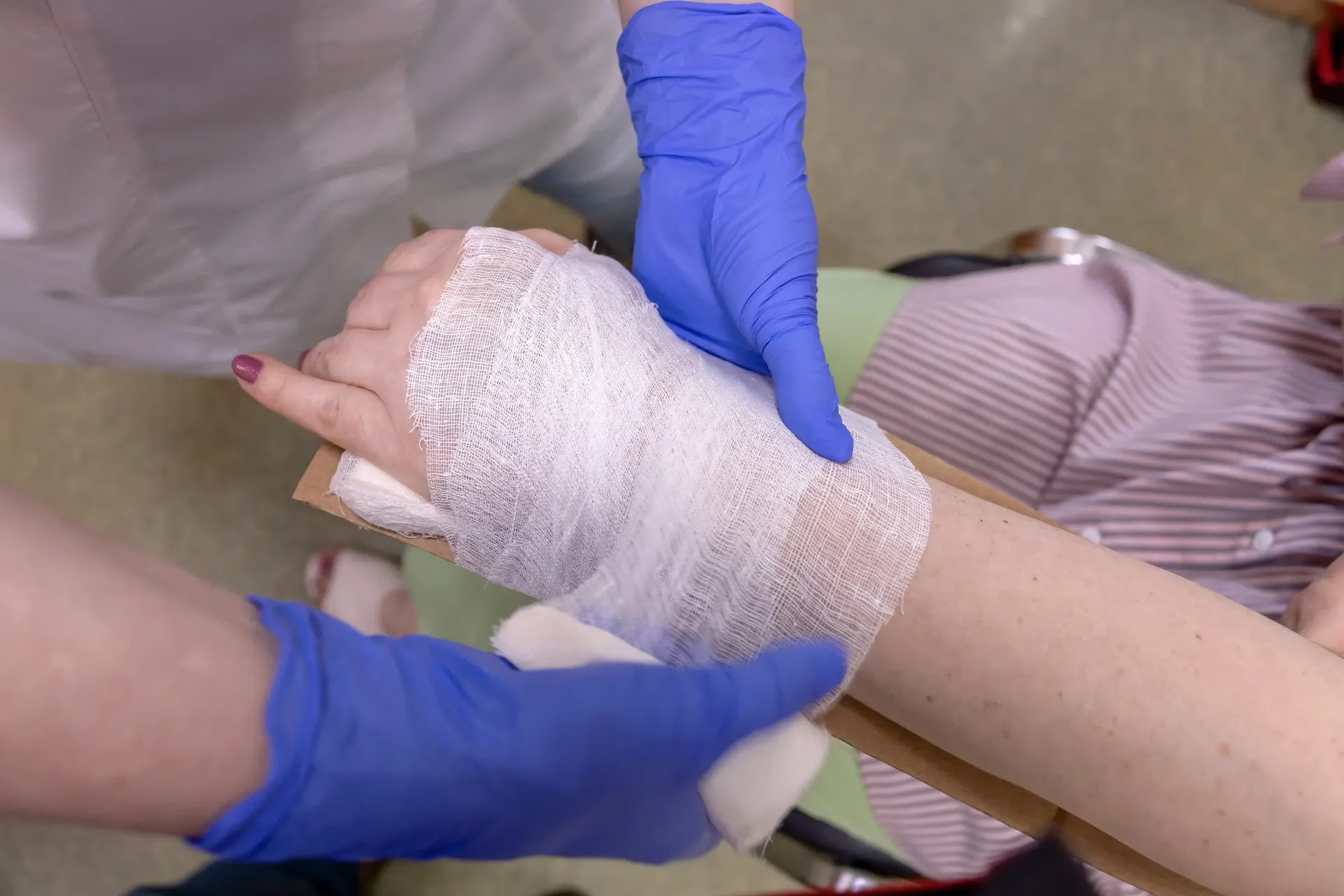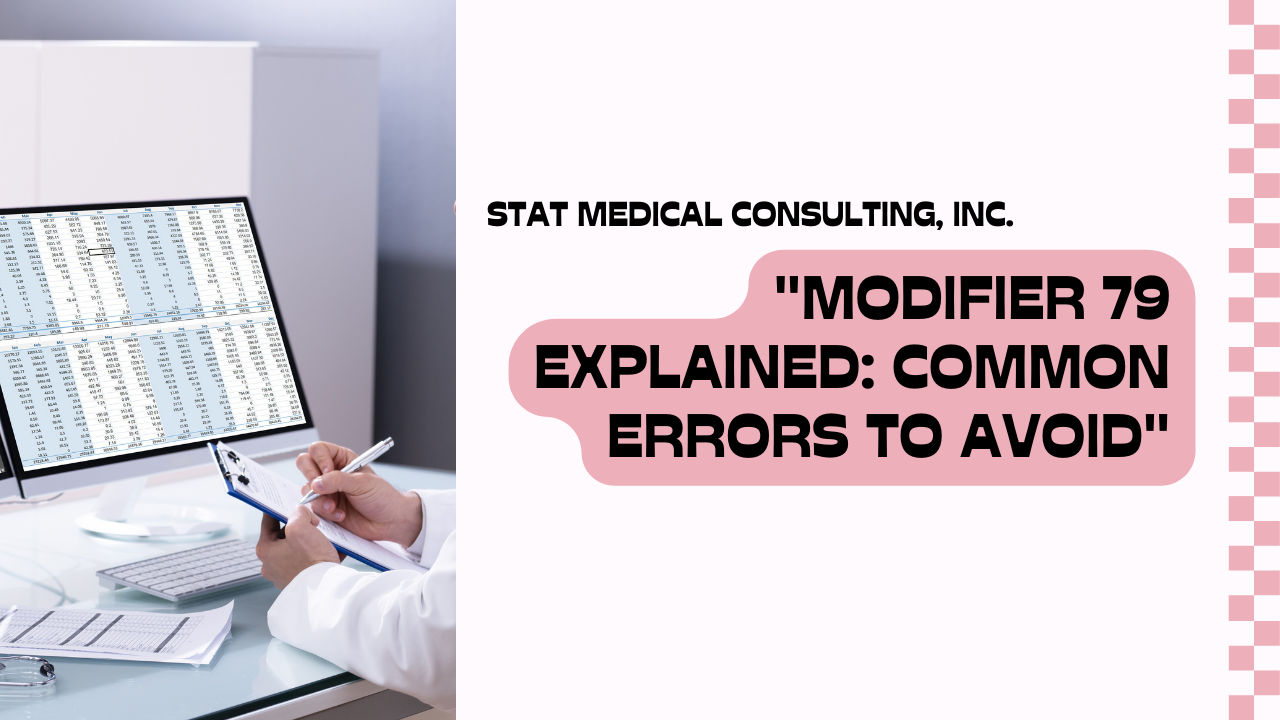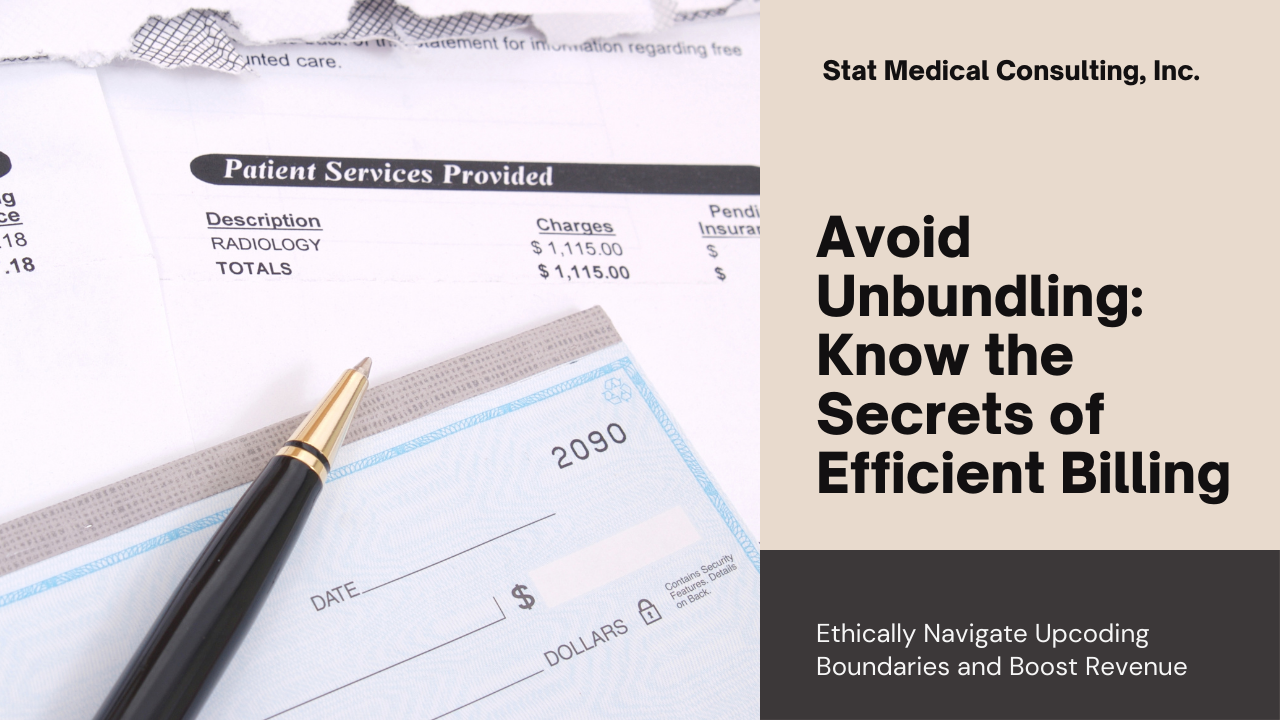TEL: (818) 907-7828 | EMAIL: sharon@statmedical.net
Embracing the New Definition of EHI: Preparing for the Cures Act Changes
Introduction
The 21st Century Cures Act has brought significant changes to the way patients interact with their health information. With the deadline of October 6, 2022, approaching, it is crucial for healthcare organizations to be ready for the new definition of Electronic Health Information (EHI). The scope of EHI is expanding beyond the United States Core Data for Interoperability (USCDI) to include the entire scope of the Electronic Health Information definition. As healthcare professionals, it's essential to understand the impact of these changes and take necessary steps to ensure compliance with the Cures Act.
Understanding the New Definition of EHI
With the implementation of the Cures Act Final Rule, the definition of EHI has evolved. Previously limited to USCDI data elements, the new definition now encompasses electronic Protected Health Information (ePHI) that is or would be in a Designated Record Set (DRS). This broader definition brings forth various challenges and opportunities for health information management (HIM) departments.
The Implications for Health Information Management
The expanded definition of EHI has profound implications for HIM professionals. Firstly, it means that the complexity of patient record requests will increase significantly. Healthcare organizations must be prepared to handle a higher volume of data releases to authorized requesters. To ensure smooth operations, HIM leaders must not only prepare their teams but also collaborate with IT departments and other stakeholders that may possess data within the DRS.
Four Key Steps to Prepare for the Cures Act Changes
a) Form a Cross-Functional Cures Act Committee
Establishing a Cures Act committee is crucial to align people, processes, and technology for compliance. The committee should include representatives from HIM, IT, Compliance, and other departments that "own" data elements in the DRS. Their role will be to analyze data through a Cures Act compliance lens, determine access procedures, and explore ways to facilitate data retrieval.
b) Define and Document Your Organization's Designated Record Set
Identifying and documenting the components of the DRS is the foundation for complying with the new EHI definition. Healthcare organizations should compile a comprehensive list of data elements that are part of the DRS and create a map indicating the locations of these records, whether they are electronic, on paper, or other formats. Data owners should be identified, and access approvals for each data element should be defined.
c) Define Processes for Accessing DRS Data and Train All Stakeholders
Determining how HIM will access the data within the DRS is critical. HIM leaders should collaborate with data owners to establish access procedures, considering whether direct access or requests to other departments are required. Training all stakeholders on their roles within the process and the importance of compliance is essential for a smooth transition.
d) Ensure a Quality Assurance Mechanism Is in Place for Data Release
With a higher volume of data releases, the risk of errors increases. Healthcare organizations should implement a robust quality assurance mechanism as the final step in the release of information process. Leveraging technology powered by artificial intelligence and optical character recognition can help ensure the right records are released to the right requester.
Conclusion
The Cures Act's new definition of EHI presents both challenges and opportunities for healthcare organizations. By embracing these changes and taking proactive steps to prepare, HIM professionals can ensure compliance with the Cures Act and improve patient interactions with their health information. The cross-functional Cures Act committee, a defined Designated Record Set, well-documented processes, and a reliable quality assurance mechanism are essential components of a successful transition to the new EHI definition. Embracing these changes will not only meet regulatory requirements but also enhance the efficiency and effectiveness of healthcare operations. As October 6, 2022, approaches, proactive preparation is key to ensuring a seamless transition into the new era of Electronic Health Information management.
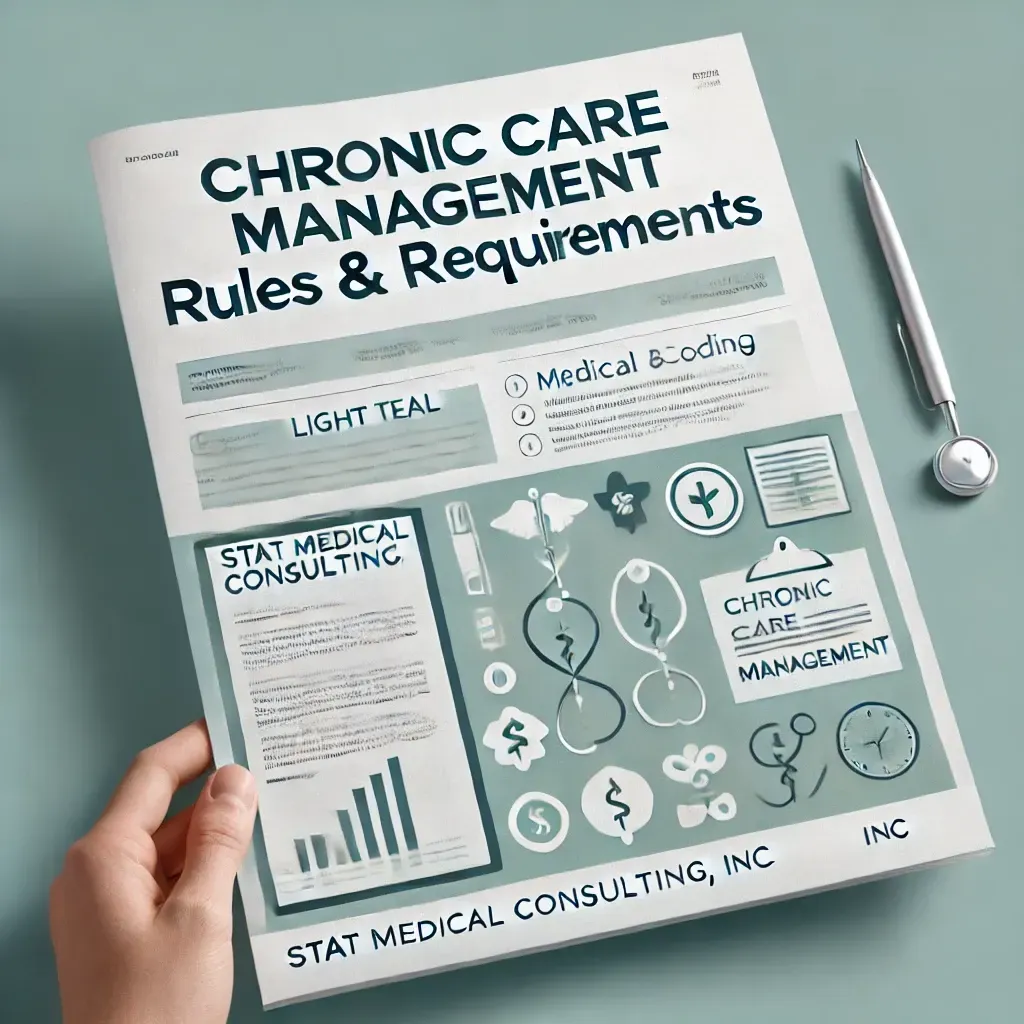

Address:
Stat Medical Consulting, Inc
22801 Ventura Boulevard, Suite 211, Woodland Hills, CA 91364
Email: sharon@statmedical.net
Phone:
818-907-7828

Stat Medical Consulting, Inc


